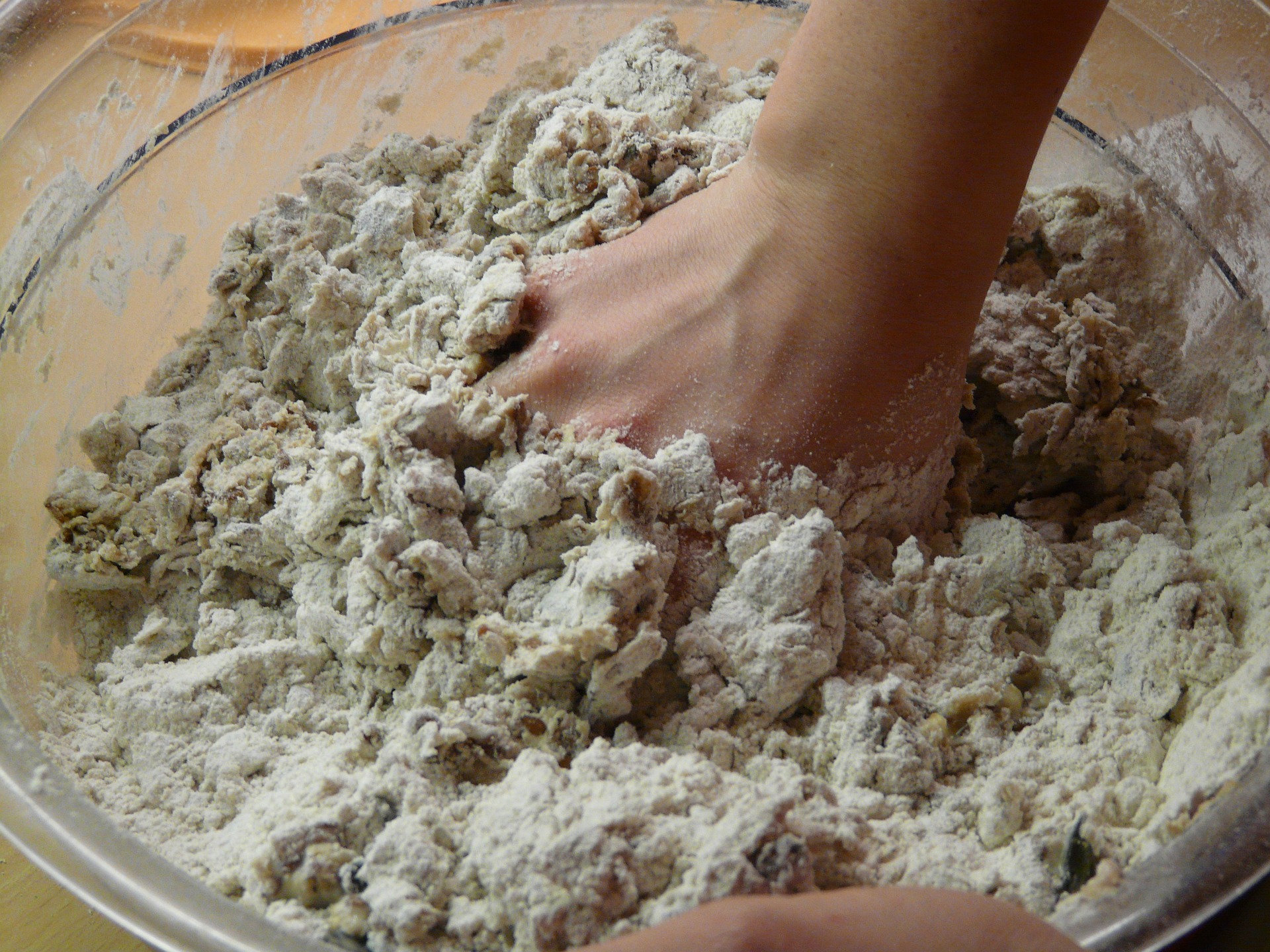Salt Dough Animals
/The children displayed a strong interest in all things gooey. I decided to continue exploring different tactile materials and make salt dough. Salt dough originated when people used wheat flour, salt, and water to make bread, a staple of ancient living. Today, we would find this type of bread not very appealing compared to the fluffy loaves we consume for breakfast, lunch, and dinner.
Flour, salt, water, a measuring cup, and a bowl were all required materials to make dough. After mixing the dry ingredients, the children added water to the bowl. Next, they hand mixed the dough. After a few minutes of kneading, the first ball of dough was ready to explore.
As we were mixing the dough, a few children wanted to explore the wet ingredients and knead the dough. During this process, the children shared mixed reactions. Some children enjoyed the sensory experience. Other children thought the mix was "wet, cold, gross, and messy."
The children approached the exploration of the dough in different ways. One group grabbed a large chunk of dough and explored the properties by feeling the texture. They smashed and kneaded the dough over and over. During this exploration, the children talked about the temperature of the dough. They also explored the texture and wondered if the dough felt wet or dry. Salt and flour dried on the children's hands as they worked with the dough. Some children mentioned the unique smell and the texture of the dough in their hands.
A different group of children arrived at the workspace and wanted to create, so they took some dough and started sculpting. One child created a pizza slice complete with toppings. Another child made a large round figure with different small pieces of dough attached to it. When I asked what they were working on. The answer was, "I don't know?" The children enjoyed the experience and were not concerned about the dough ball.
The children in this creative session were making a series of round shapes and attaching other parts to them. Only a few children wanted to share a story about their creations. Talking to the children about their work creates a social connection and helps us be part of the experience.
Another group of children used cookie cutters to make sea creatures, sea stars, sharks, and sea horses. They pressed many shapes, and we collected them to dry.
I wanted to learn more about the children's choice to cut out shapes instead of hand building. Their choice of technique gave me an idea to revisit the exploration in a few days. I gathered some paint a few days later and invited the children to add color to their sea creatures.
A few days later, our salt dough creations were dry, and it was time to invite the children to add color. A colorful selection of tempera and small brushes was available for the children to paint. As they painted, the group talked and shared ideas about color choices. They also shared techniques for applying paint to the semi-rough surface dried salt dough creates.
After the painting was complete, I noticed that one shark remained unpainted. I asked the children who created it. None of the children claimed the shark. I grabbed a brush and painted the last salt dough creations with the leftover paint.
What I learned from this experience may benefit your learning community.
Often, different projects or materials create an emotional connection with the children. This emotional connection creates a desire to explore similar work. As educators, our role is to notice children's interests and create an opportunity for deeper exploration and collaboration.
Children enjoy materials like dough, clay, and paint for the sensory experience. A material an adult may find helpful only for creating an object, children see differently. Children are not concerned about making something and are keen on how a material smells, looks, and feels.
Children are in the iteration business. They take another child's material and think of new ways to create the same material. Children use past knowledge of their explorers' hearts to squeeze out the material's possibilities.
Talking to the children about their work helps educators connect with them and be part of the experience.
I look forward to joining in creative work with the children. It is essential to take part in the work with the children and strengthen our social connection.


